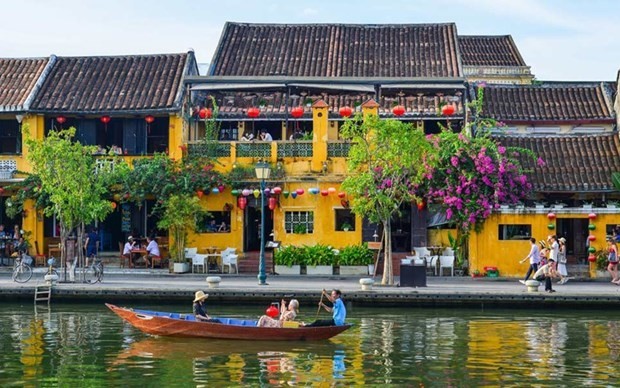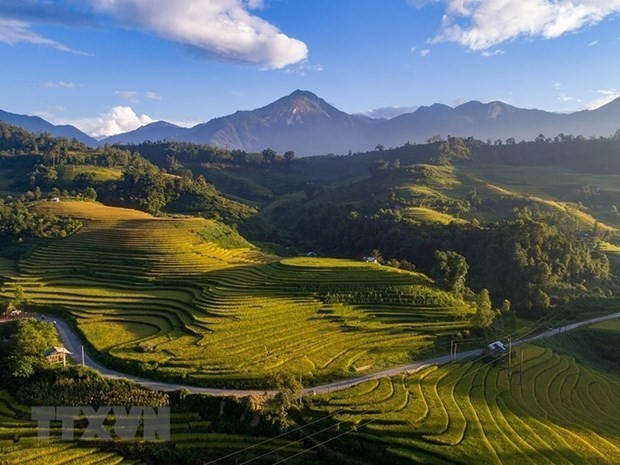
Digitalisation drives tourism recovery: Vietnam National Authority of Tourism
Latest
 |
| Digitalisation drives tourism recovery: A corner of Hoi An ancient city. (Photo: VNA) |
According to Chairman of the Vietnam National Authority of Tourism (VNAT) Nguyen Trung Khanh, the VNAT has joined hands with domestic and international partners to apply advanced technologies in tourism promotion activities.
Two years ago, the tourism authority in collaboration with Google to launch the online exhibition project “Wonders of Vietnam”, an online exhibition project as part of Google Arts & Culture (GA&C) that allows everyone to explore art, history and the wonders of the world.
Featuring 35 stories and over 1,300 sumptuous photos of iconic sites, historical heritage, nature, cuisine and culture of Central Vietnam, the project is a unique way for hungry travellers to virtually explore. It is also an important part of Google’s overall support of the local tourism industry, which has been badly affected by pandemic-related travel restrictions.
With initial support from Google, it continues to carry out a communications campaign with a series of videos themed “Vietnam: Travel to Love” on Youtube digital platform, alongside with various activities to popularise Vietnamese tourism on websites and social networks such as Facebook, Instagram, Zalo and Viber.
Seeing the significance of digital transformation to tourism development, many cities and provinces have worked to renew marketing strategy as well as build new products to better meet tourists’ demand.
 |
| Digitalisation drives tourism recovery: Virtual tourism information about Sa Pa town is now available for visitors. (Photo: VNA) |
Most recently, the People’s Committee of Sa Pa town, Lao Cai province inaugurated a centre for supervision and management of smart urban areas, which pilots the use of 3D technology to provide virtual tourism information and services of local tourism sites for visitors, local residents and businesses.
With support of the 360 Virtual Reality (VR 360) technology, a virtual tour was carried out for the first time in the Northwestern region in the end of 2020, allowing visitors to immerse themselves fully within a virtual space of Moc Chau tourism site.
From the outset of the year, the number of searches of Vietnamese tourism grew from 11th fastest rate to 7th globally, and Vietnam was the only Southeast Asian country in the top 10, according to data from Google’s Destination Insights.
Minister of Culture, Sports and Tourism Nguyen Van Hung attributed the rise to the tourism’s efforts to promote digital transformation, describing it an effective tool to nudge Vietnamese destinations closer to international friends.
However, he said, there are several challenges to the digital transformation process, which include a shortage of human resources and modern technologies and incomplete digital infrastructure.
Many tourism businesses, which are operating in a small scale, are not able to cover the expenses of advanced technologies, thus, their access to smart tourism is still humble, he added.
Nguyen Hang Huu Tam, a representative from the Nam Cuong Hai Phong hotel chain, said that marketing staff at the hotel fail to meet the requirements of digital transformation, and the business is seeking ways to go digitalised based on its budget.













